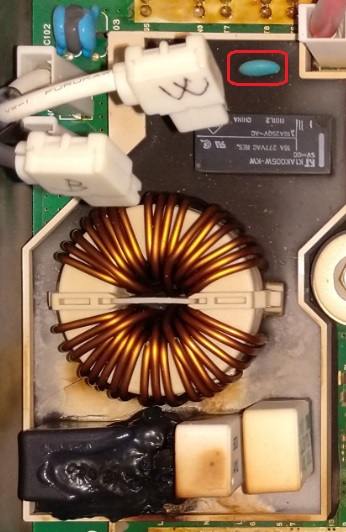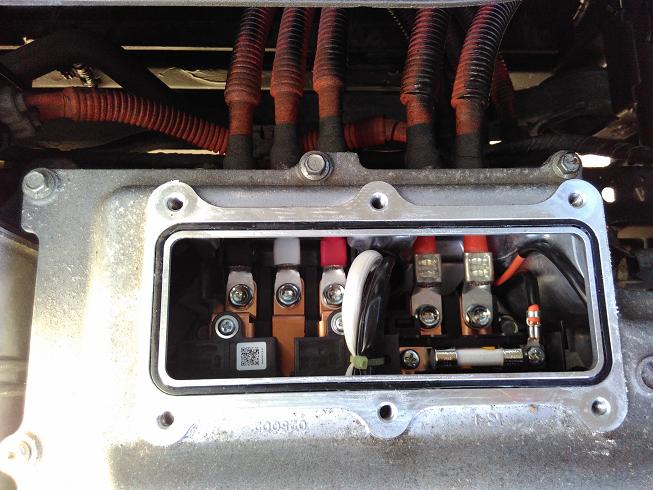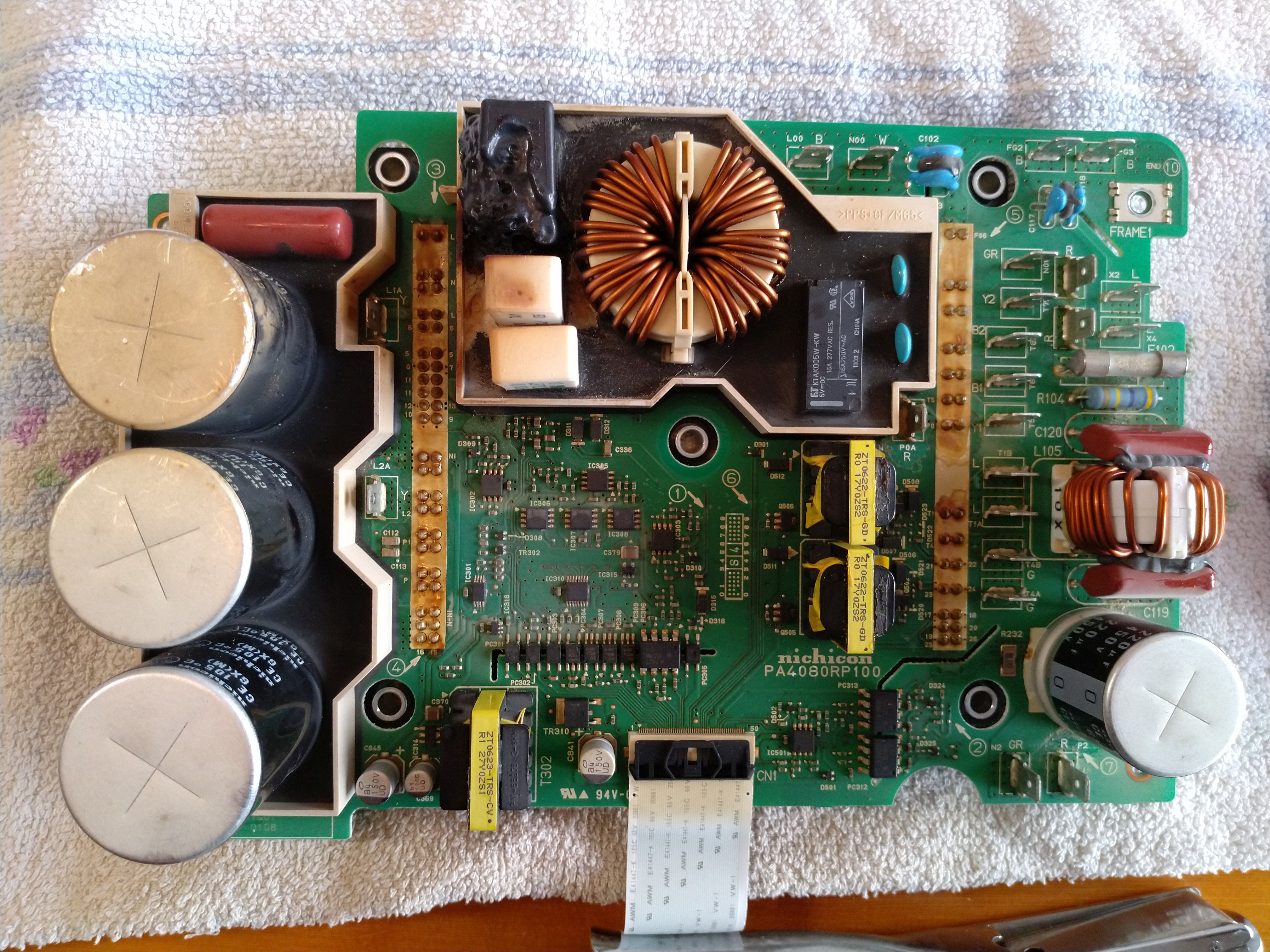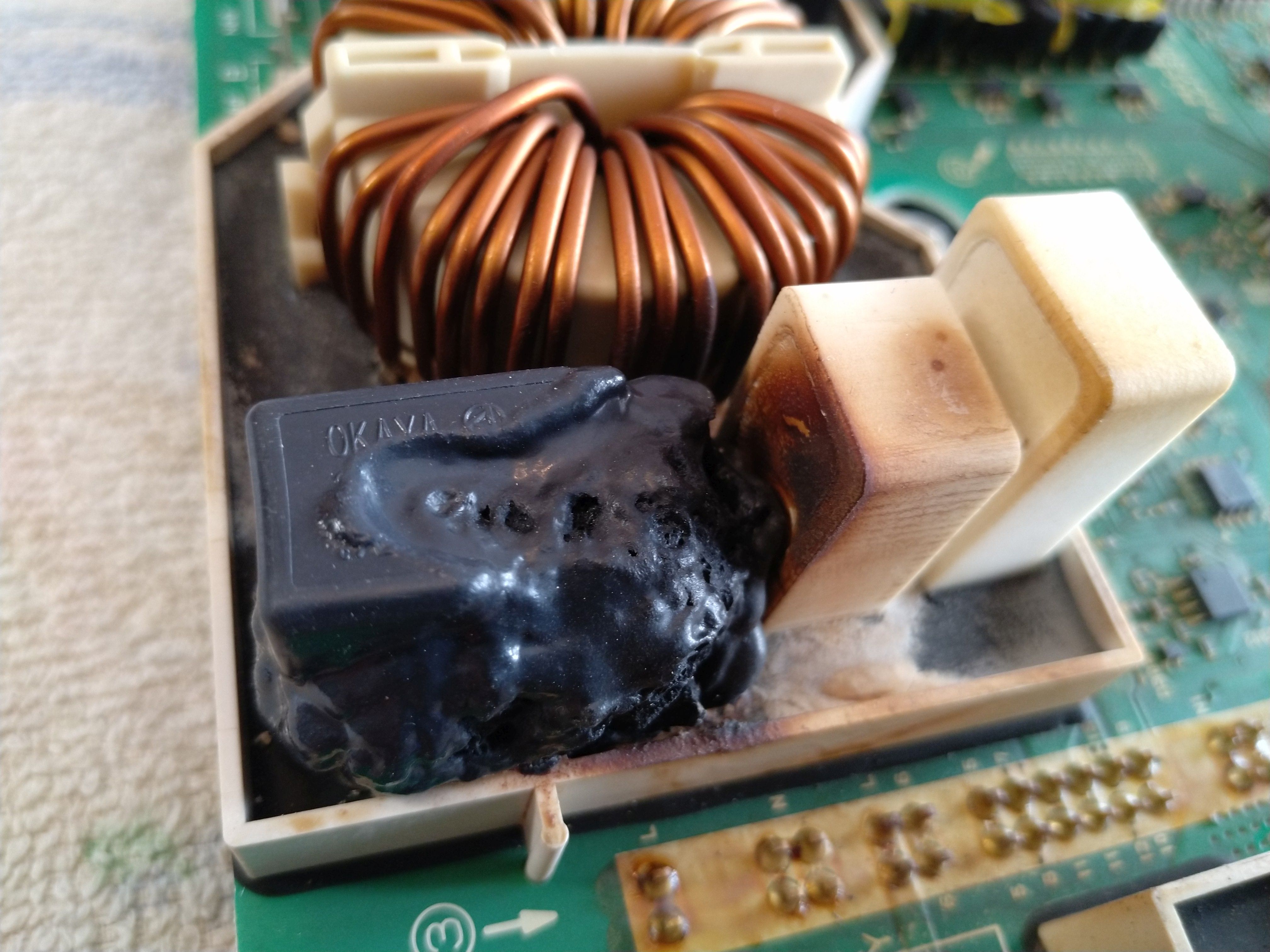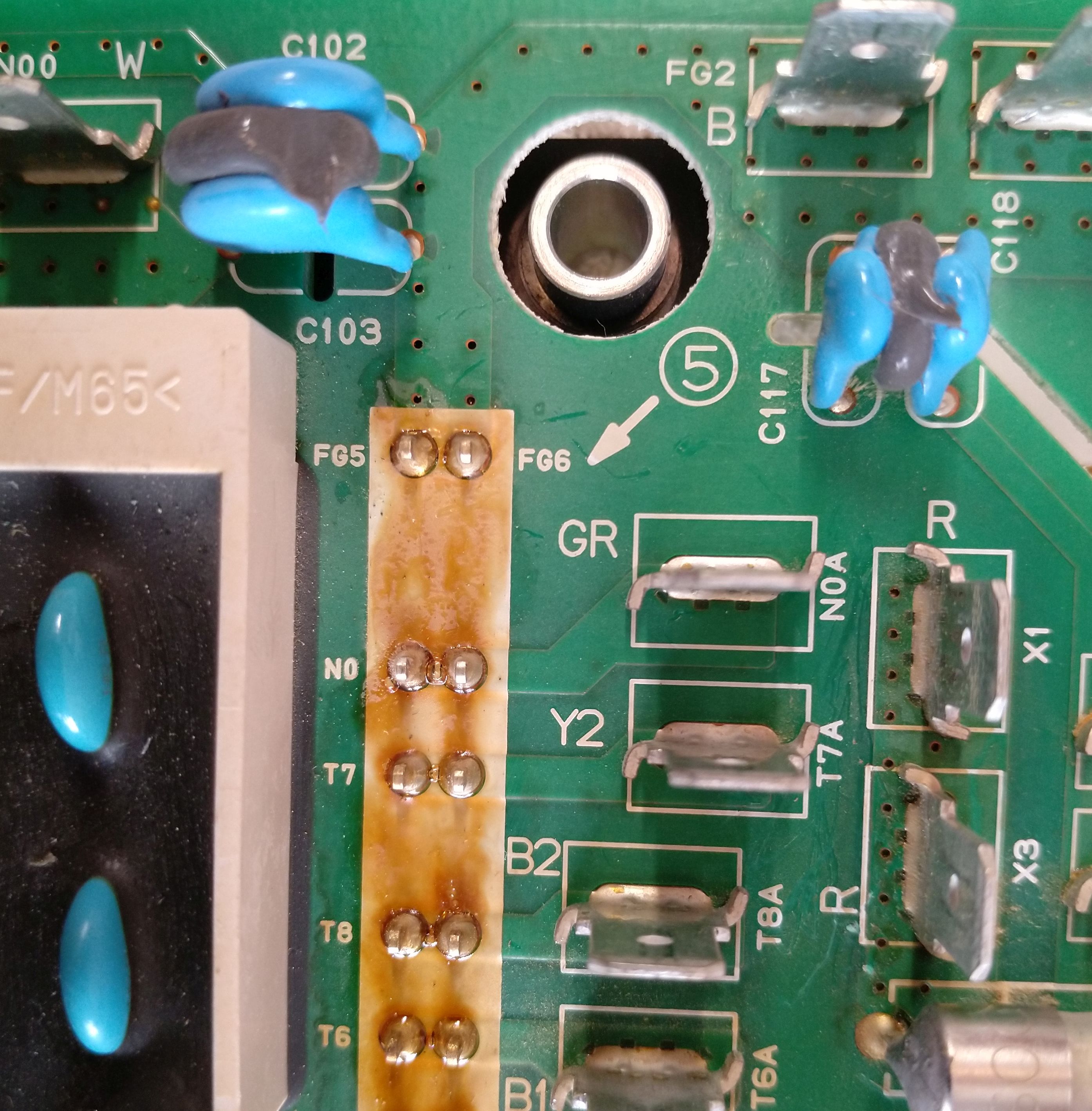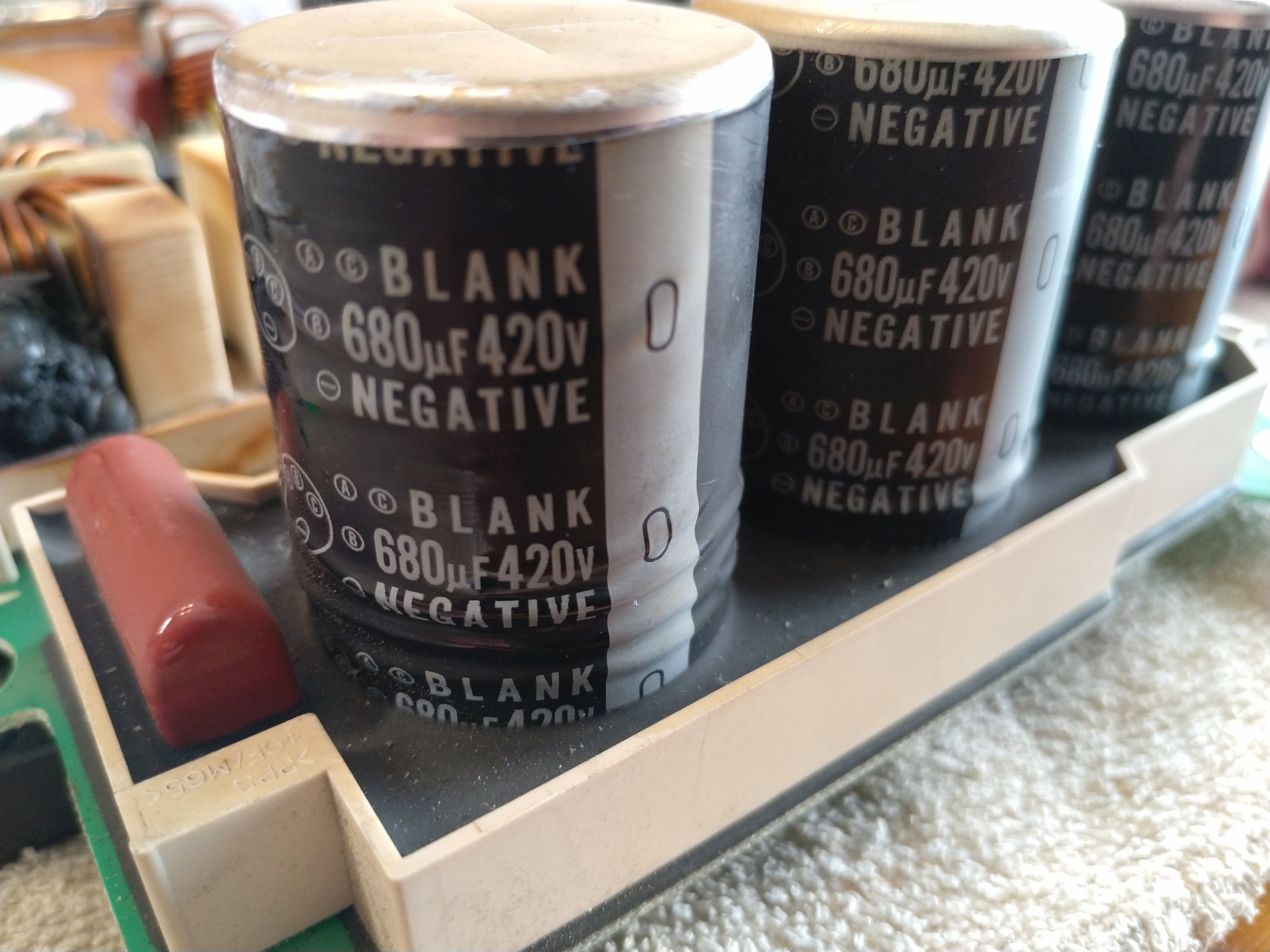Barbagris
Well-known member
Well, I finally have some time. I have disconnected the traction battery (under the driver's seat) and I have accessed the charger, from the trunk, without removing it from the car.
Above the charger there is a small box (doghouse?) and everything seems normal. There is a fuse, but it is OK.
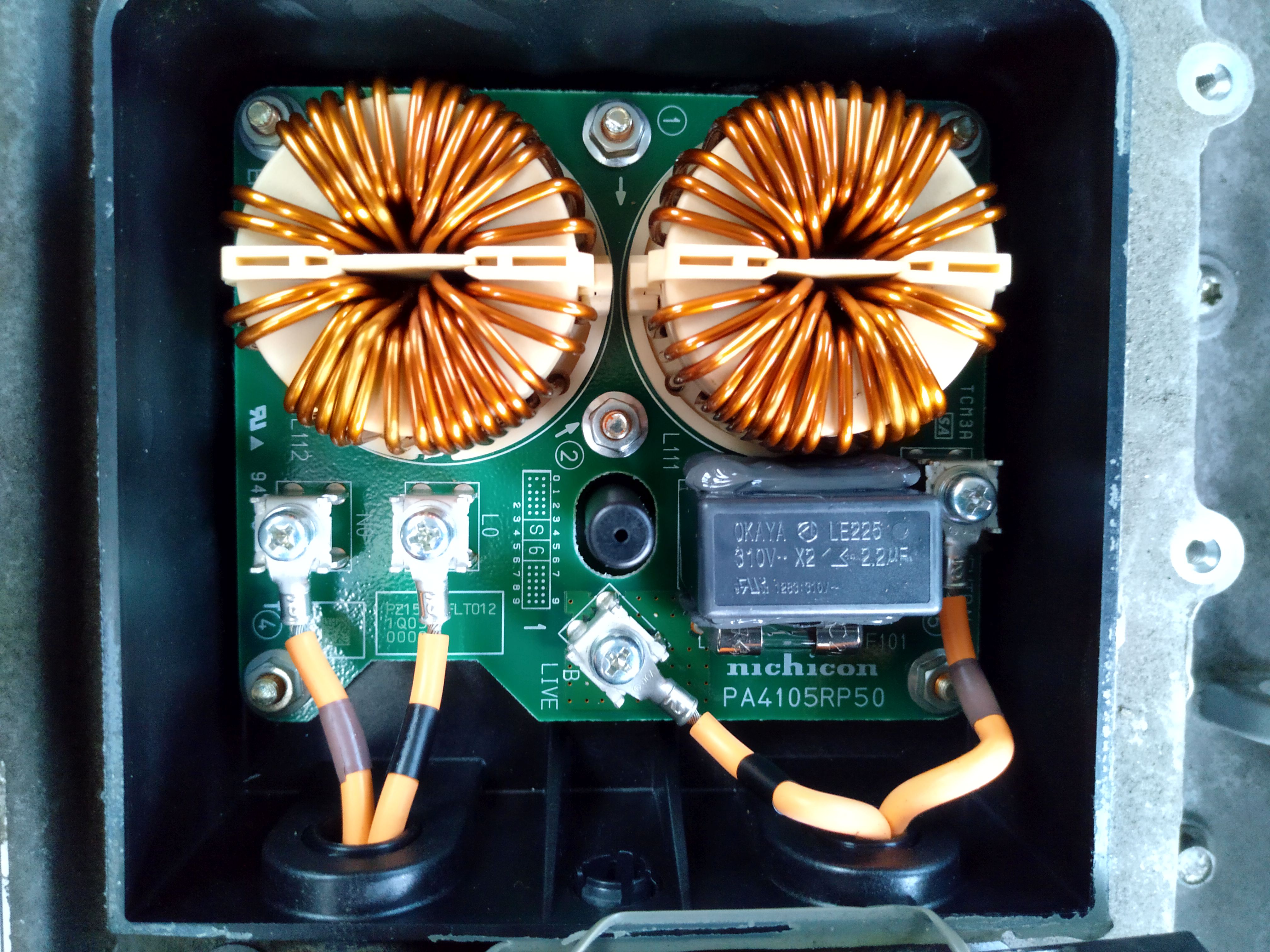
Accessing the interior of the magazine has been difficult, the cover seemed sealed / glued. When I finally lifted the cover I got a familiar smell of burned electronics.
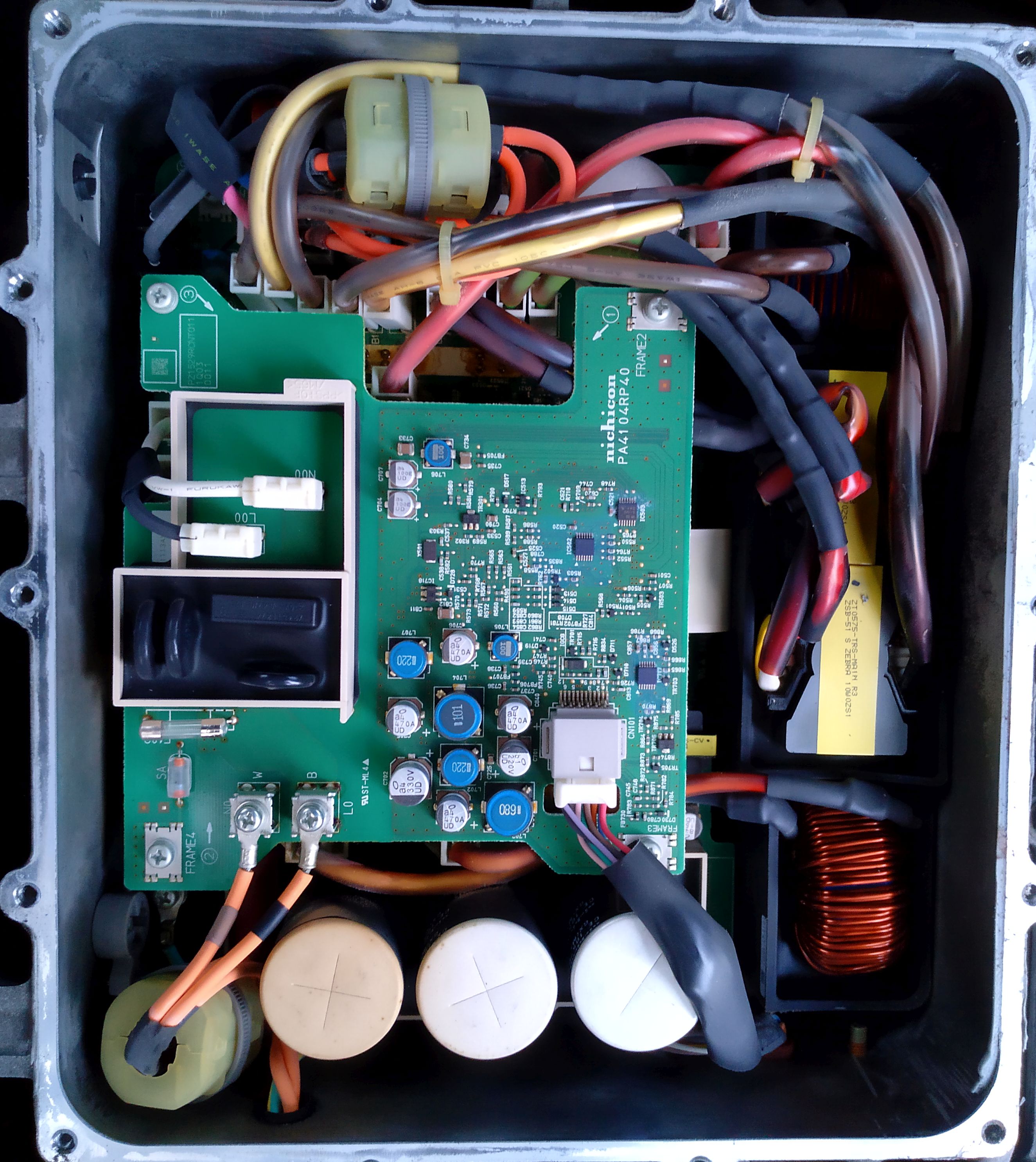
The cover seemed somewhat toasted by the area on the wiring / coils.
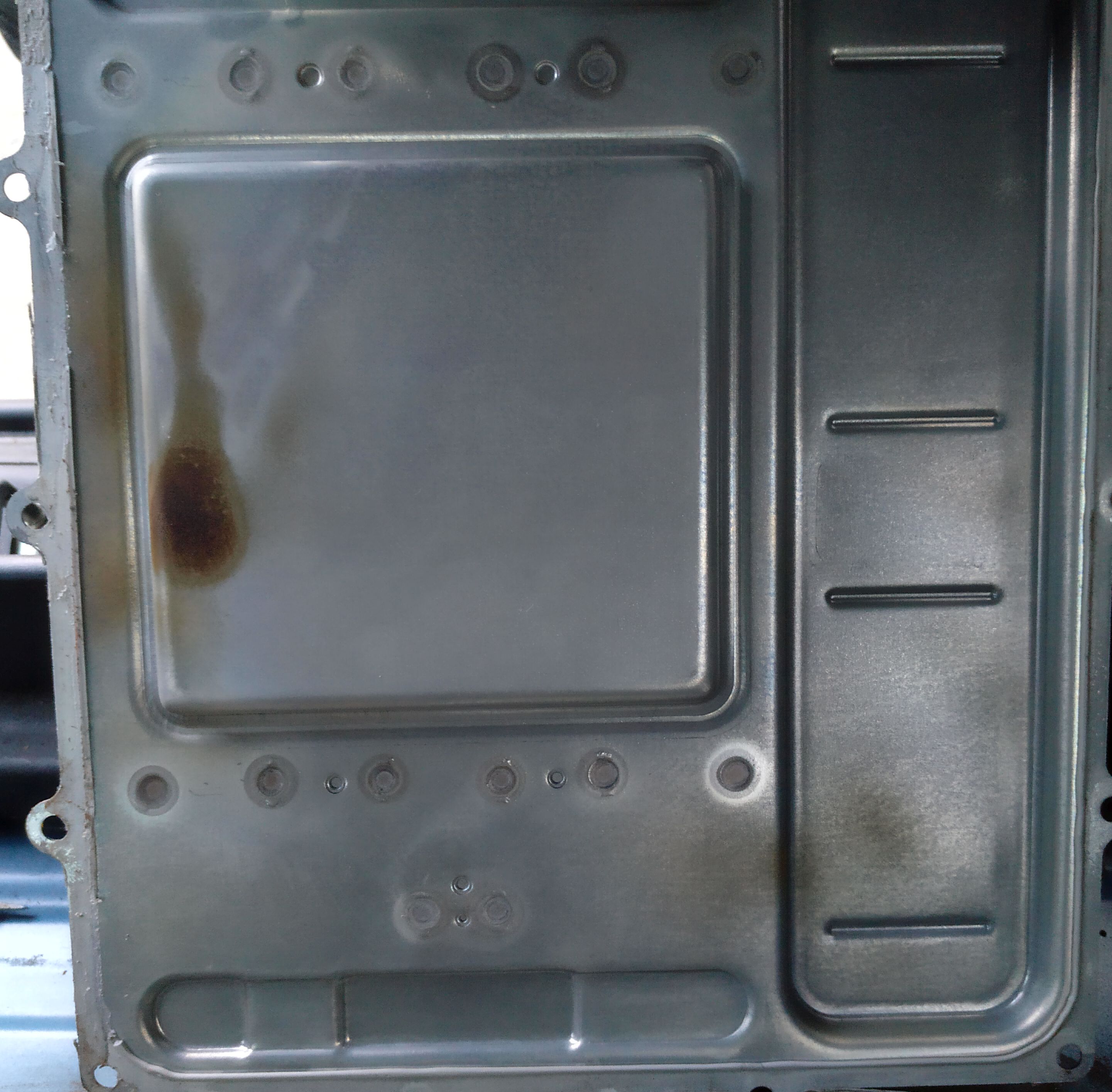
Again, there is a fuse, it seems to be OK.
The large condenser on the left has a color that is a bit more toasted than the other two.
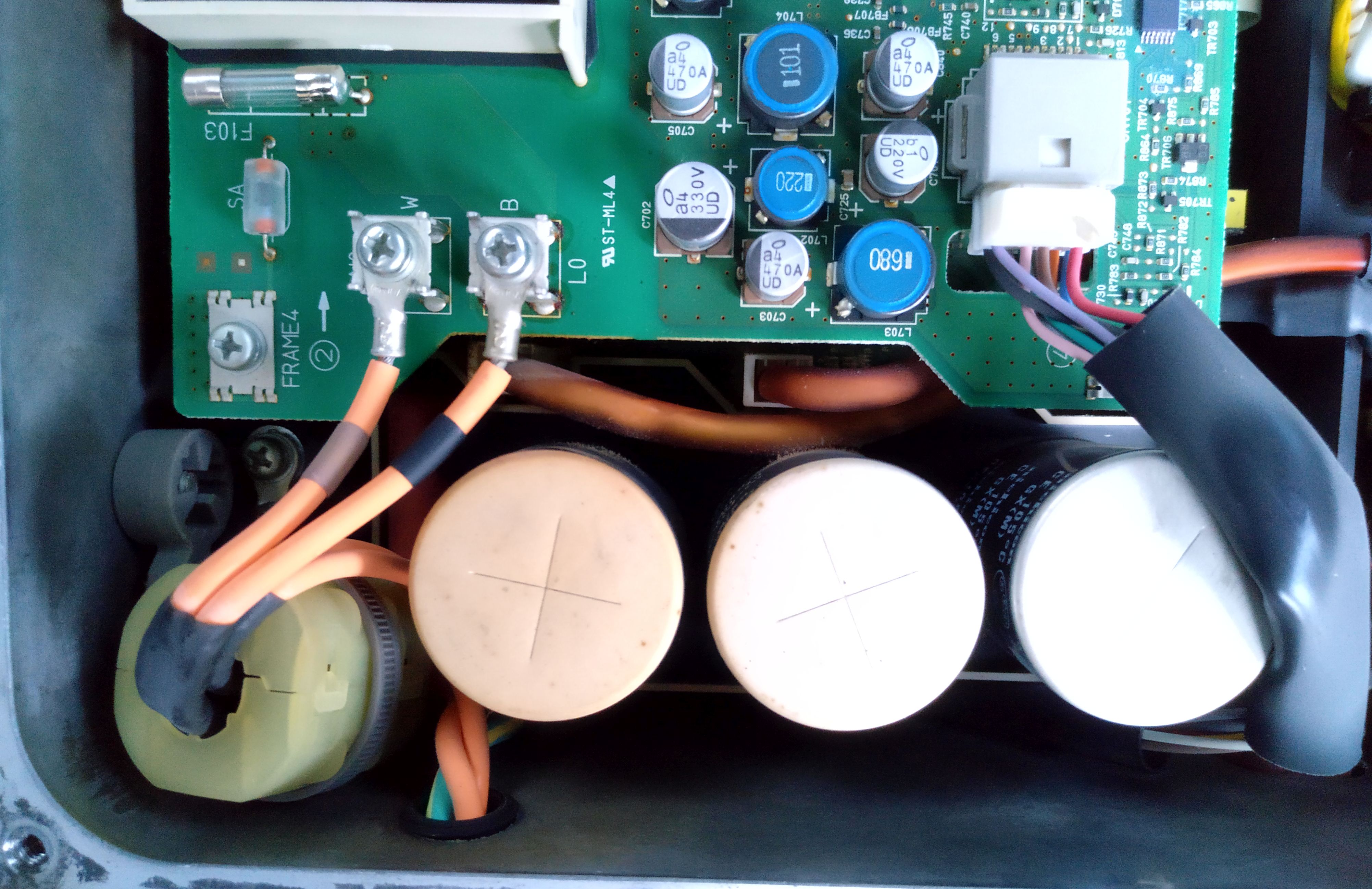
I remove the small top board, and I find visible damage, there is something melted.
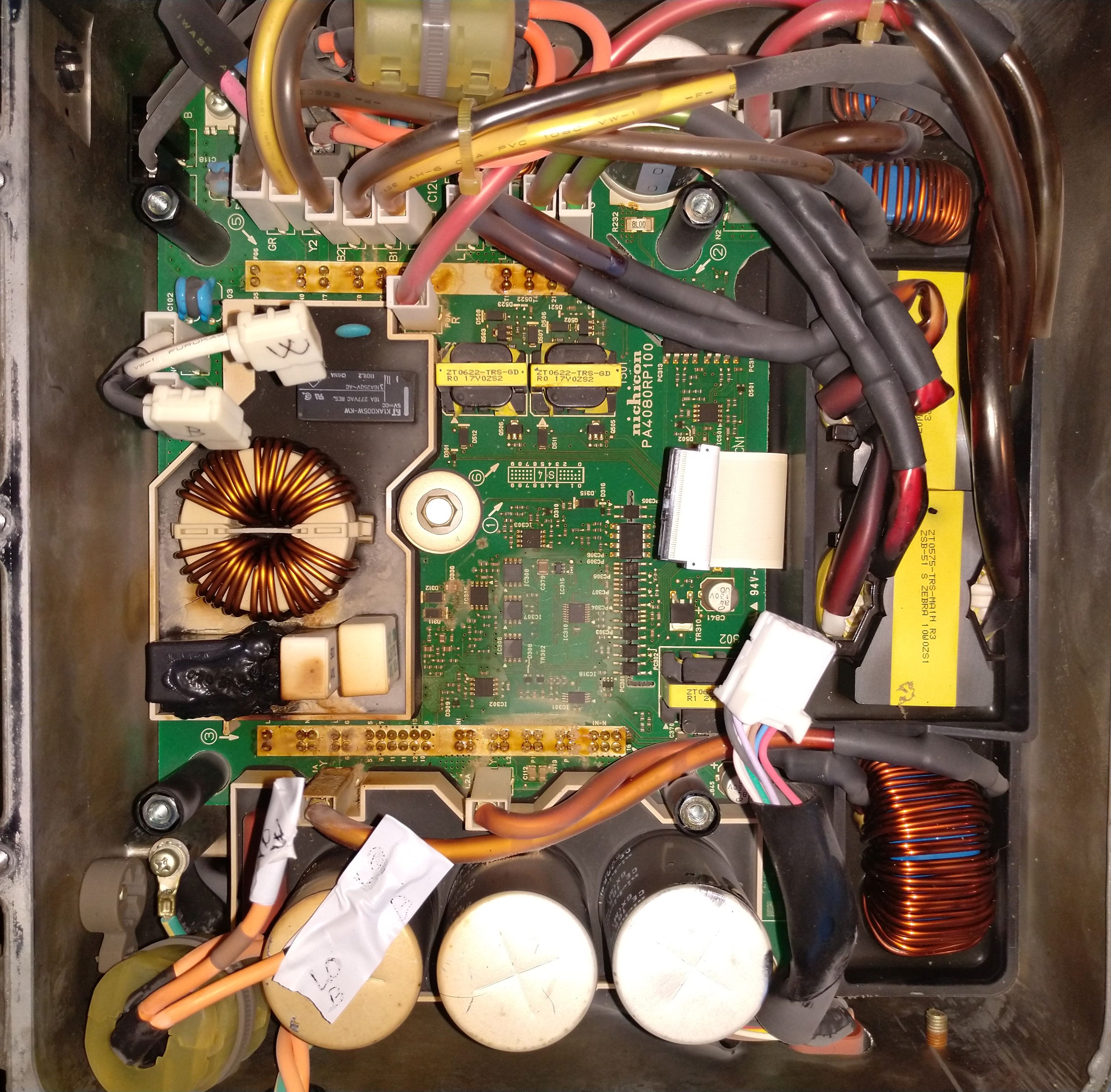
Detail:
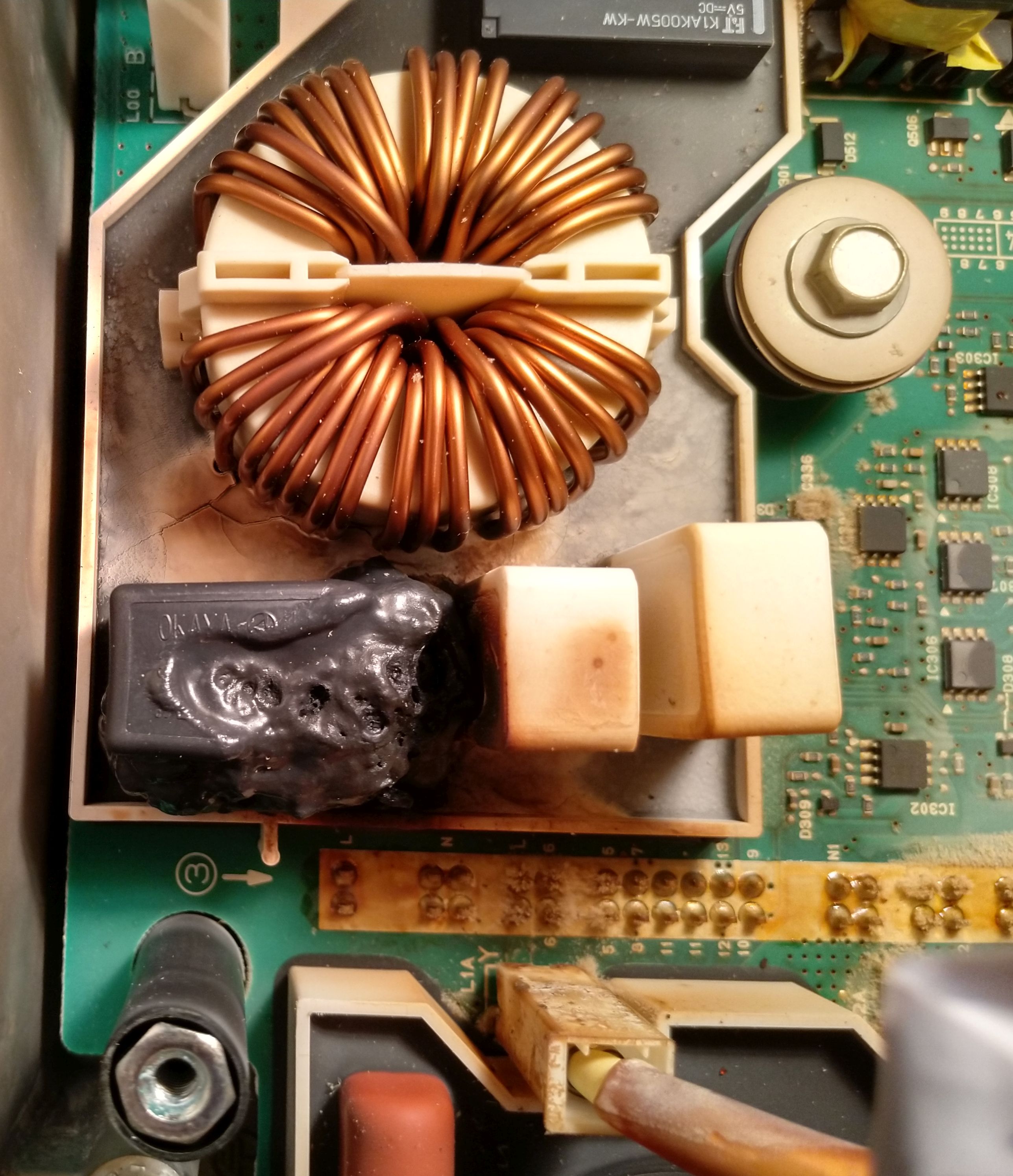
The top board, below:

¿Ideas? What has been burned? Next step?
Let's put this little ball on the road again! Thank you all!
Barbagris (Greybeard)
Above the charger there is a small box (doghouse?) and everything seems normal. There is a fuse, but it is OK.

Accessing the interior of the magazine has been difficult, the cover seemed sealed / glued. When I finally lifted the cover I got a familiar smell of burned electronics.

The cover seemed somewhat toasted by the area on the wiring / coils.

Again, there is a fuse, it seems to be OK.
The large condenser on the left has a color that is a bit more toasted than the other two.

I remove the small top board, and I find visible damage, there is something melted.

Detail:

The top board, below:

¿Ideas? What has been burned? Next step?
Let's put this little ball on the road again! Thank you all!
Barbagris (Greybeard)




